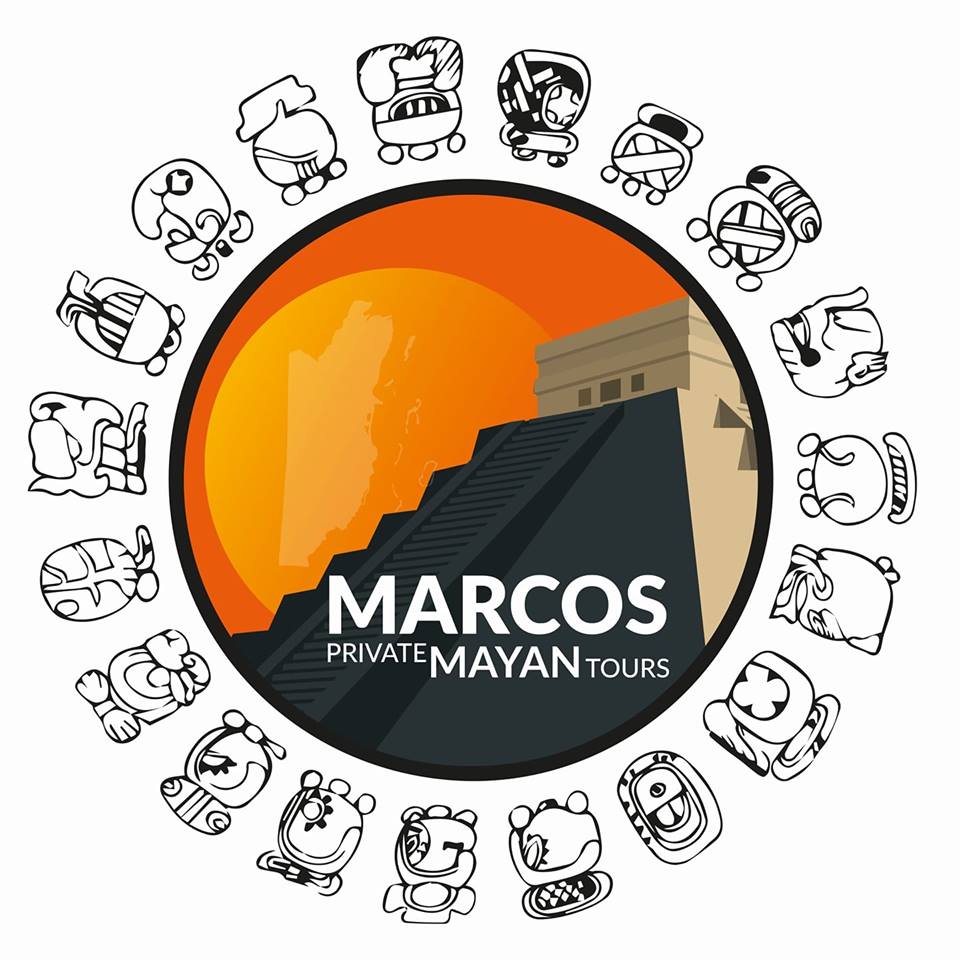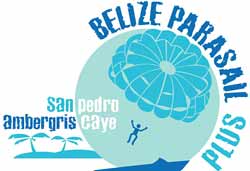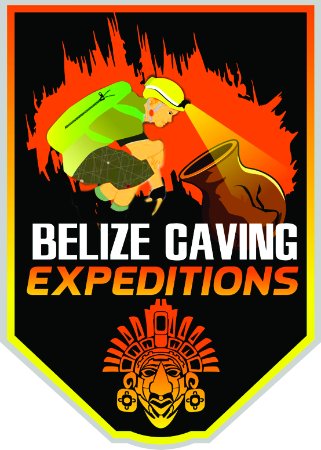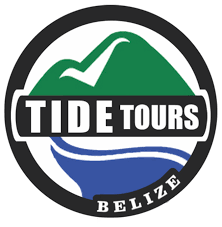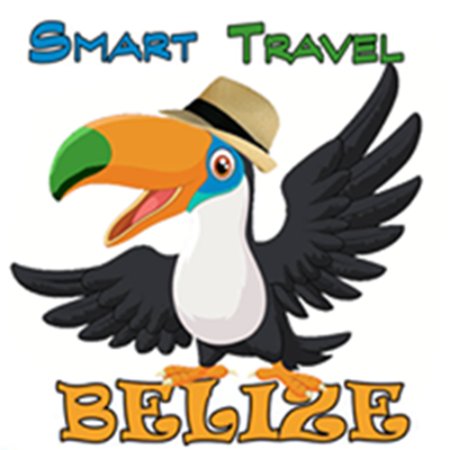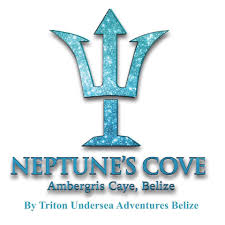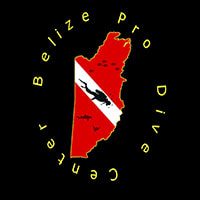|
ABOUT WHITE LIPPED PECCARY Belize has two species of Pecari's (Collard & White-lipped). Both of these species reside in the rainforests of Belize, but they are known to also inhabit just about any sort of habitat, from rainforest, dry forests, grasslands, mangrove, Cerrado, and dry xerophytic areas. You can find Peccary, from as far North as New Mexico/Arizona (in the USA), all the way to Argentina in South America. These mammals are hoglike, with small hooves supporting a disproportionately pudgy body which weighs about 30-60 pounds, with a bristle hairdo. On its back, there is a scent glad which secretes a perfume appropriate only by others of its kind. Up close to you and I, these hogs stink! DESCRIPTION White-lipped peccaries are generally brown or black in color. Their coat is bristly and hairs that run down the spine make a crest, which stands up when the peccary becomes excited. Peccaries have a round body with a long snout, that ends in a circular disk where the nasal cavity starts. It has white markings that start below the snout and run to the cheek area just below the eyes. The head and body length range from 35-55 inches, the shoulder height is between 16 and 24 inches, the tail length is from 1.2 to 2.4 inches, and an adult will weight between 55 to 88 pounds. They are the New World counterpart of swine and differ from true pigs in certain skeletal and dental features. They also have a scent glad under the skin that opens on the ridge of the back and gives off a fairly strong musky offensive odor. The white-lipped peccary lives to be around 13 years old. 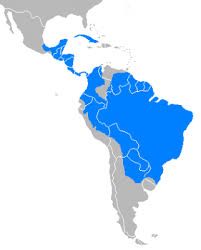 HABITAT The white-lipped peccary is native to Argentina, Belize, Bolivia, Brazil, Colombia, Costa Rica, Ecuador, French Guiana, Guatemala, Guyana, Honduras, Mexico, Nicaragua, Panama, Paraguay, Peru, Suriname, and Venezuela. An example ecoregion of occurrence is the Belizean pine forests. The peccary is regionally extinct in El Salvador and Uruguay. They thrive in dense, humid, tropical forests, usually with primary growth, although their habitat can also include dry forests, grasslands, mangrove, Cerrado, and dry xerophytic areas. They range from sea level to an altitude of 1,900 m (6,200 ft). BEHAVIOR They are known to be aggressive when cornered or feel threatened. They are often smelled before seen because they give off a skunk-like odor. They maintain contact with the heard by making a low moaning sound and will alert or intimidate others by proclaiming a loud "bark" and show their teeth in an attempt to avoid conflict. When these animals roam in their range land, they can be very loud, clattering their teeth and grunting to one another to communicate and stay within the herd. They communicate with olfactory, acoustic, and physical contact to keep together. This is essential when warding off predators such as the jaguar, because it may not attack when there are significant numbers in a herd. The white-lipped peccary is a diurnal feeder, and it performs all of its activities during the day, more specifically in the mornings and afternoons. It can spend up to two-thirds of its day traveling and feeding. Herds can number 20–300+, including both males and females; some reports have described herds reaching 2,000 peccaries. Within their species, they will bed down together for warmth in thickets or caves, and practice mutual rubbing - of the head, against the others scent gland, especially upon meeting. Group defense is also practiced, a matter of pooled resources as they have poor vision and only fair hearing; despite this, they are surprisingly speedy and agile, favoring offensive techniques such as the frontal attack. They have quite a lot to say on the subject: a loud bark serves as a general alarm, aggressive grumblings may suggest a warning to intruder or opponent alike, and the clattering of teeth may proclaim the threat. However, within the herd peace is usually kept by a defined order of dominance, most often matriarchal. It is then that a kind of peccaric purring is heard in the land. DIET & FEEDING White-lipped peccaries are omnivores, which means they feel on vegetation, fruits, nuts, and small amounts of animal matter. Since the white-lipped peccary relies heavily on fruit, they travel to where the fruit and other essential resources are located. Fruits are a favorite with all, including the prickly pear where available; seeds other than those of the fig are crushed by molar activity and thus are not dispersed by way of itinerant peccaries. Crops such as maize, beans and squashes prove to be irresistible for these creatures. The fruiting season dictates most of their behavior. Fruit is more abundant in primary forests rather than secondary or coastal forests, so their populations are more dense in these regions. Generally, a period of fruit shortage occurs during the end of the wet season, so the consumption of secondary foods, such as leaves, stems, and animal parts, is increased. The peccary's sense of smell is commensurate with the mobility of its rubbery snoot, and it can sniff out bulbs, roots, and tubers hidden well under the ground. White-lipped peccaries may spice up their diet with grubs, insects, and small vertebrates. BREEDING/REPRODUCTION/GESTATION Little is known about the mating system in White-Lipped Peccaries. These animals can breed throughout the year depending on location. The breeding season is extremely variable and consists of two distinct peaks, one occurring in February and one in July. The breeding season follows the fruiting season, so the variability can be consistently different in each different region where they are found. White-lipped Peccaries have a gestation period of approximately five (5) months, whereas gestation for Collared Peccaries is less than four (4) months and culminates in May. Four (4) can be born in a litter at one time, but typically its only two. A hollow log or someone's abandoned burrow often serves as maternity ward. Babies usually weigh about 2.2 pounds at birth. Piglets can run within a few hours after birth and are weaned by six months of age. They become reproductively mature between one and two years of age. Facts About White Lipped Peccary 1. Also known as “pig of the jungle,” the white-lipped peccary is recognized by its brown or black fur and its white patch (or “lip”) around its snout. 2. The white-lipped peccary is widely considered the most dangerous peccary. It has been associated with aggressive behavior, but its usually due to the loud noises its emits. Some have even killed animals like jaguars when trying to defend themselves. But there is no need to feel scared of them. They tend to be pretty relaxed if they don’t feel threatened. 3. The pelage of the white-lipped peccary is an overall dark reddish-brown or black, with each hair being two-toned: light at the base, and then dark. 4. The white-lipped peccary is 55-cm tall, on average, and can be 1-m long and weigh almost 50 kg. 5. Reported measurements are body length between 90 and 140 cm, shoulder height 40-60 cm, and body weight 50-80 pounds. So they are pretty big. 6. It is an omnivorous animal which means it feeds on fruits, roots, tubers, palm nuts, grasses, and invertebrates. But they will always prefer or try to get fruits over anything else. 7. Because they live in large groups, they need a way to recognize other members. They have a scent gland on their backs, which allows them to bond and recognize each other. This species can be recognized by its strong unique odor that it uses to mark its territory by rubbing against trees and rocks. The odor increases when its alert or scared. 8. White-lipped peccaries are social animals, therefore they live in large groups. These herds can grow from 50 to 300+ individuals. There have been sightings reporting up to 2,000 in one group. 9. The white-lipped peccary doesn’t have a specific breeding season. They breed throughout the year. In Belize, you can see a peak in their breeding rituals between February and July. 10. They are mammals and 156 to 162 days is the gestation period. The great majority of births are twins, although occasionally a single or triplets are born. 11. If you want to improve your chances of seeing one take nature tours in the areas where they are seen during the morning hours. That is when they are most active and searching for food. 12. Carnivores like Jaguar used to be their main predators but humans with deforestation and hunting have taken that place. 13. It is recognized as an important seed disperser in the rainsforests of Belize. 14. The species, its closest relative is the collared peccary. It can be identified by the white fur around its neck, and the fact that it travels in herds much smaller than white-lipped peccaries. 15. Although not immediately endangered it is threatened by deforestation and increased hunting pressure. This species is economically important, and one of the principal species for neo-tropical hunters. MAJOR THREATS The two main threats to their survival are deforestation and hunting. Destruction and subdivision of their natural range can have devastating effects on their population. Loss of habitat can lead to exposure for poachers, who can easily kill many peccaries at one time. Natural predators include the jaguar and puma.
0 Comments
Your comment will be posted after it is approved.
Leave a Reply. |
Is located on the island of Ambergris Caye, directly across from the Belize Barrier Reef, off the mainland coast of Belize. The property is nestled in a cluster of Australian Pine trees, backed to a littoral jungle, and surrounded by tropical gardens. It's about a one minute walk from the property to the beach, and a 10-15 minute drive from the island airstrip to the property.
We offer one bedroom suites (455 s.f.) of living area to include: livingroom, kitchenette, private bathroom and bedroom. We are also about a one minute walk from one of the best restaurants on the island serving (breakfast, lunch & dinner). Within walking distance you can find: (3) blocks is Robyn's BBQ (4) blocks is 2 fruit stands (5) blocks local grocery store IF YOU'RE COMING TO BELIZE TO............... If you're coming to Belize to dive the Blue Hole, descend the shelf walls at Turneffe, snorkel the Barrier Reef, explore Mayan ruins, rappel into a cave, kayak along the river through caves, zip line through jungle tree tops, hike through a cave to see an ancient human skeleton, swim with sharks, listen to Howler Monkey's, hold a boa constrictor, feed a jaguar, horseback ride through the jungle, canoe through a cave, rappel down a waterfall, sail around an island, enjoy cocktails & dinner to a sunset, climb 130' feet to the top of a Mayan ruin, rip up the jungle trails on an ATV, float through a series of caves on a tube, and sip on a rum punch..... then this is the place for you. Belize Budget Suites, offers you clean, affordable, attractive, accommodations, at prices that allow you to do all the things just mentioned. Archives
February 2021
Categories
All

For All Your Home Improvement Needs

For all Your Real Estate Needs
501-226-4400 10 Coconut Dr. San Pedro, Belize Your Ad Could Go Here
|

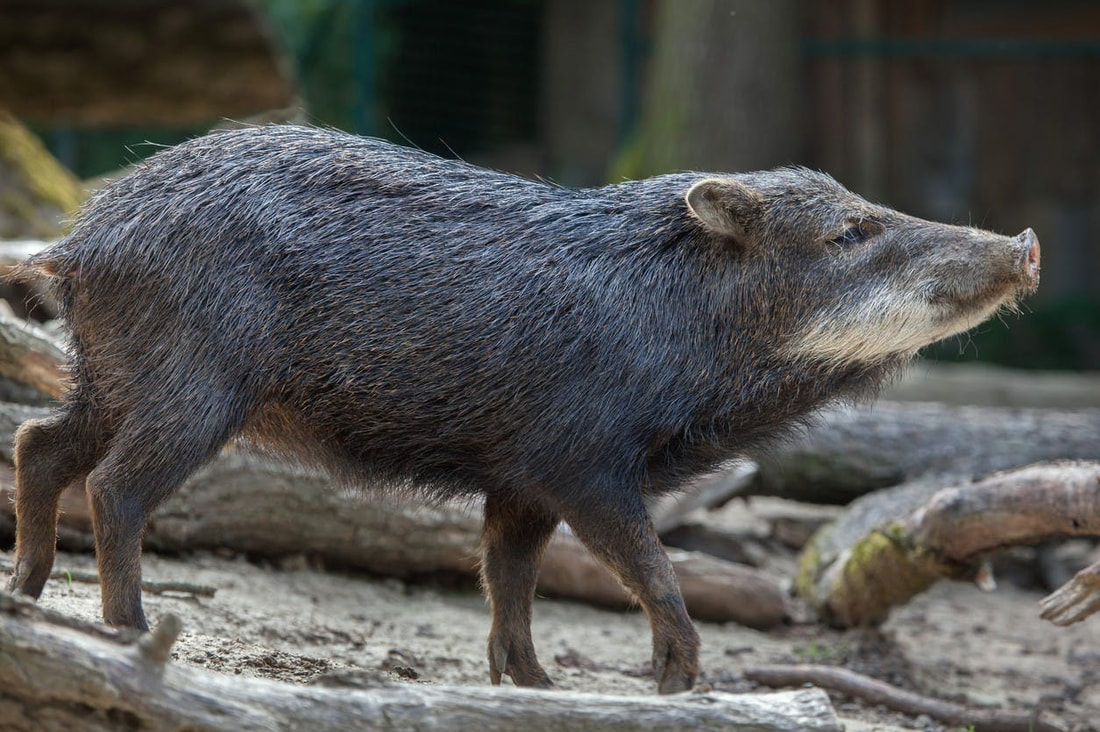
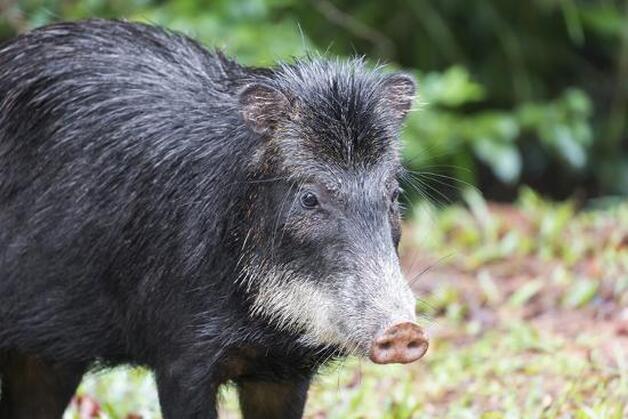
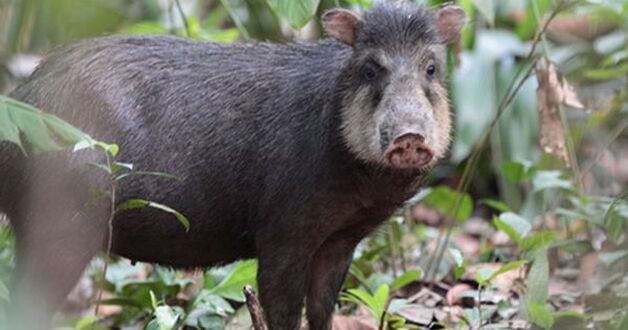
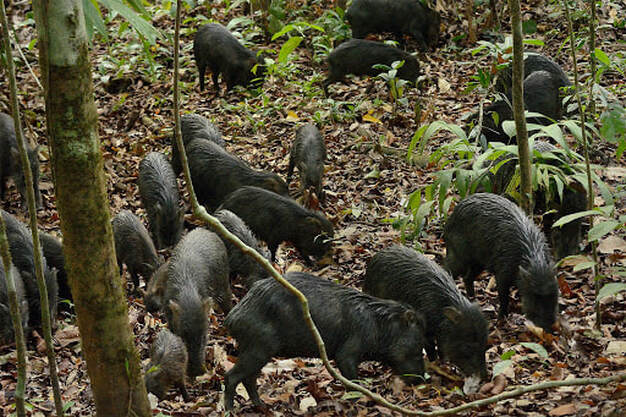
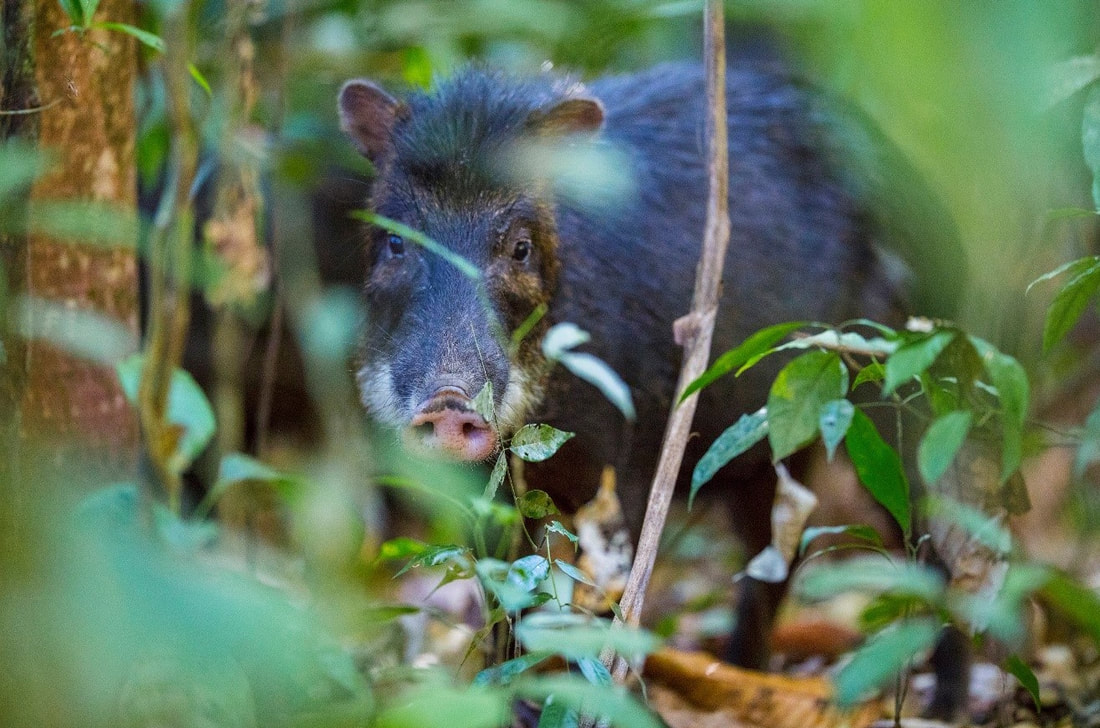
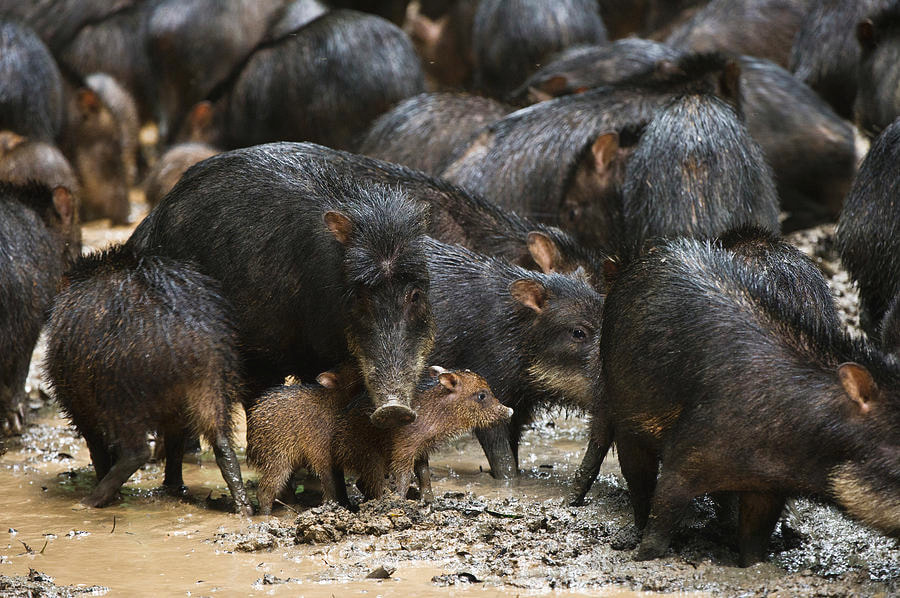
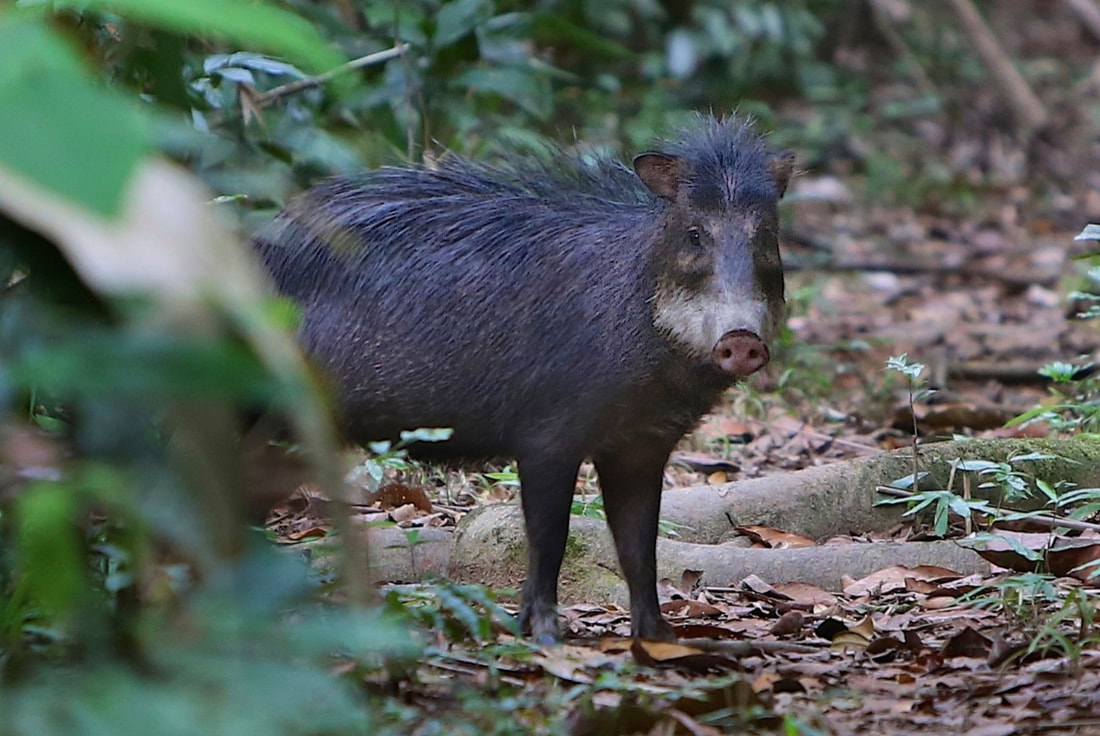

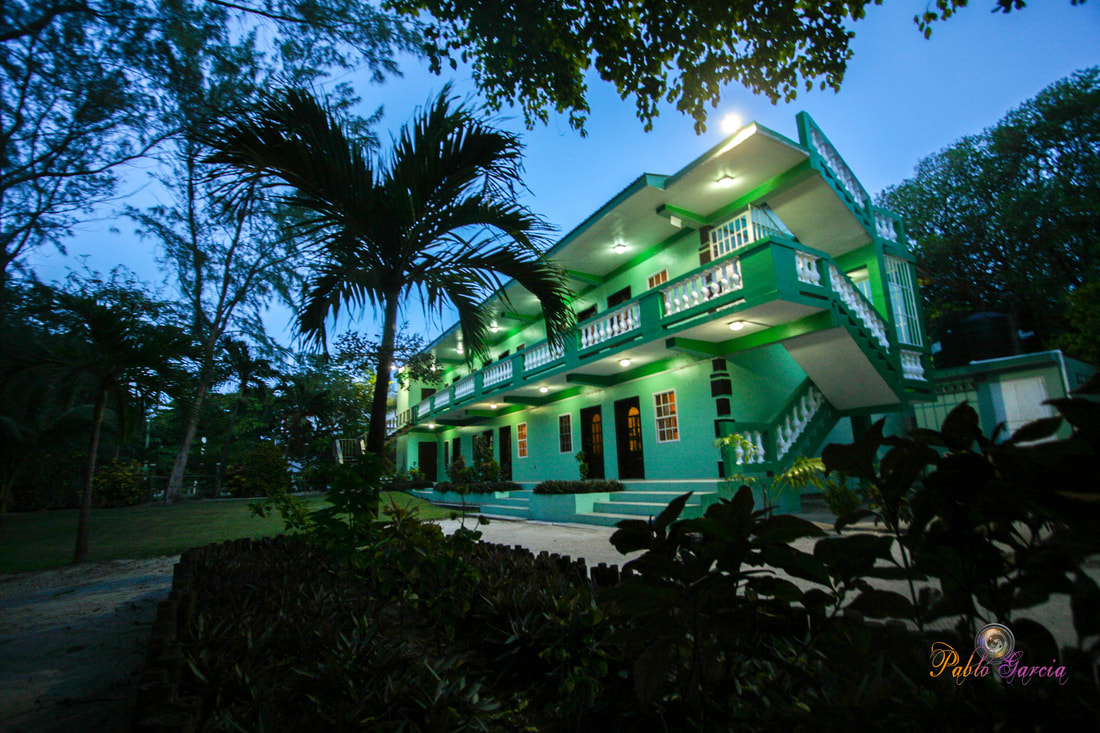
 RSS Feed
RSS Feed

